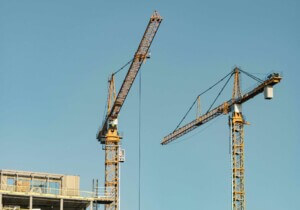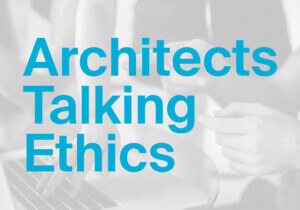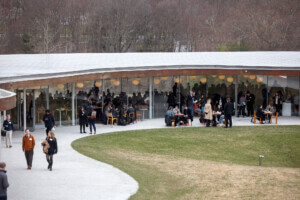The American Institute of Architects’ (AIA) May Architecture Billings Index (ABI) recorded a reversal of the April billings downturn, with May blooming growth on industry-wide measures. With a score over 50 on the index representing an increase in firm billings, and May clocked-in at 51, with other metrics looking promising overall amid regional disparities.
Project inquiries were 6.1 percent higher than in April on the ABI scale, and the value of new design contracts rose 5 percent month-to-month. AIA Chief Economist Kermit Baker said that “The modest improvement in overall demand for architectural services that we saw last month is encouraging news… However, there continues to be variation in the performance of firms by regional location and building specialization. This suggests that overall business conditions for the profession likely will continue to be variable.”
The South continues to have the strongest ABI score, with institutional and mixed-practice (“firms that do not have at least half of their billings in any one other category” as defined by the AIA) firms reporting stronger scores than commercial/industrial and multifamily residential firms. The AIA noted that the West and Northeast regions have failed to break an ABI score of 50 since Fall 2022, raising concerns about how long the two regional markets will continue to decline in billings. Commercial/industrial firms are also stuck in a similar glut, with nine straight months of billing declines.
These trends come within the larger context of inflation continuing to slow, and the Federal Reserve confirming speculation that they will stop raising interest rates (for the time being). The architectural services sector has continued to add jobs, marking a post-pandemic high watermark of employment, and construction jobs continue to grow at a far larger volume.
As with other months, the ABI asked firms to respond to survey questions about a particular aspect of practice. In May, the AIA gathered data on monitoring staff productivity: 30 percent of firms said that they do not monitor staff at all; 24 percent of firms said that they track specific metrics to measure productivity; and 39 percent of firms said that they qualitatively track efficiency and productivity. Of firms that monitor specific metrics, 43 percent track firm or project profitability, 39 percent track “billable hours as a share of total compensated hours (utilization or chargability rate),” 8 percent track billings per employee, and 1 percent track total construction value per employee. The data collected do not discern whether metrics like profitability, in which more senior employees’ decisions can impact studio– or firm-wide metrics, affects the evaluations of all employees.
AN will report on the June ABI when data is available next month.











